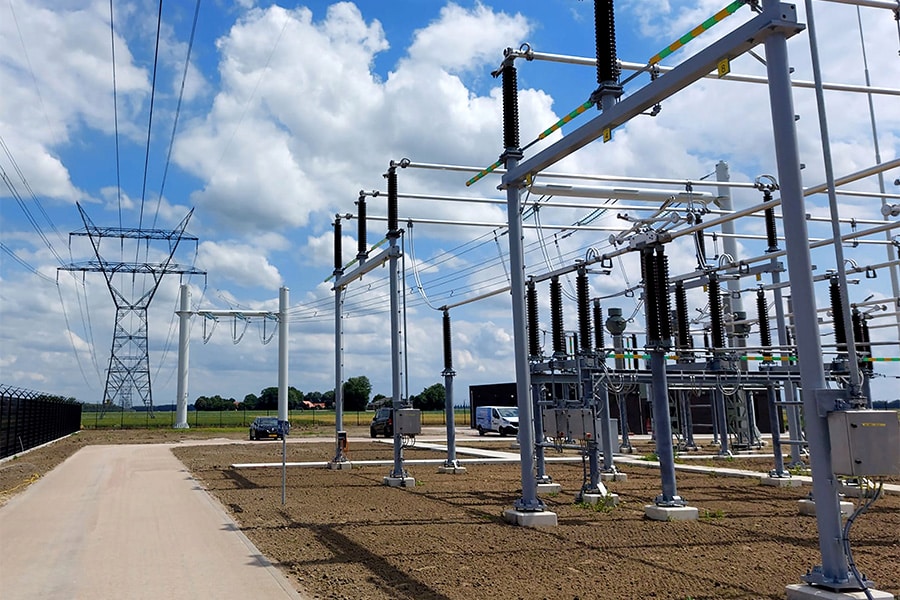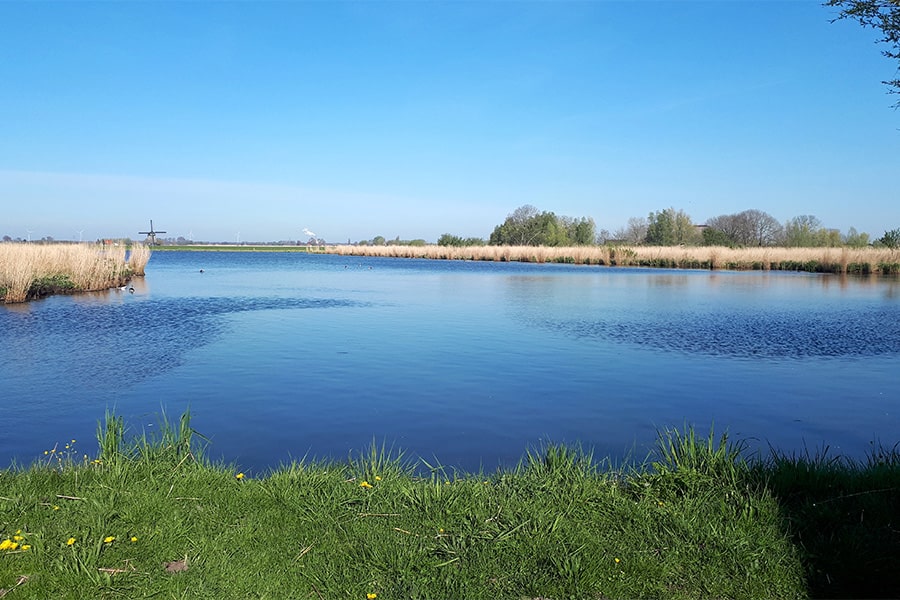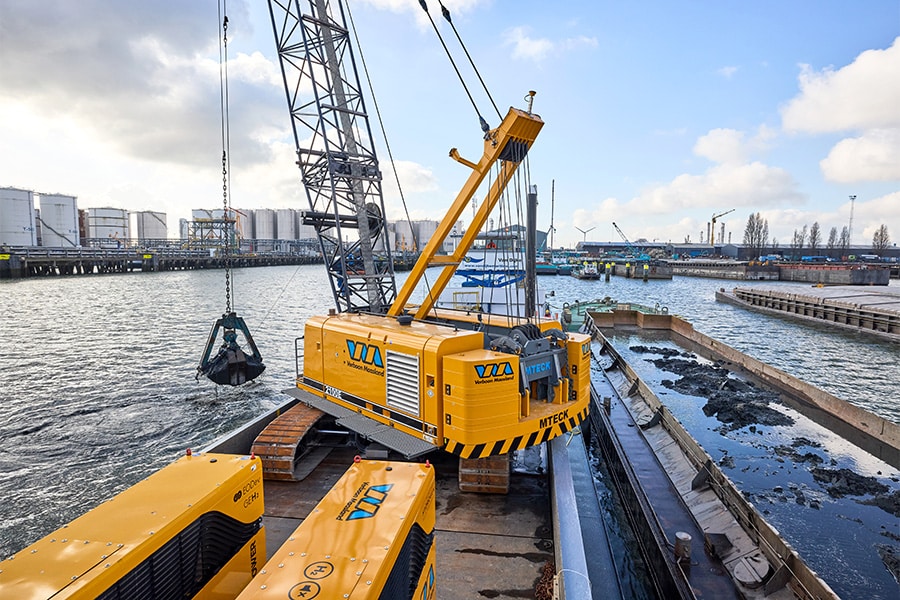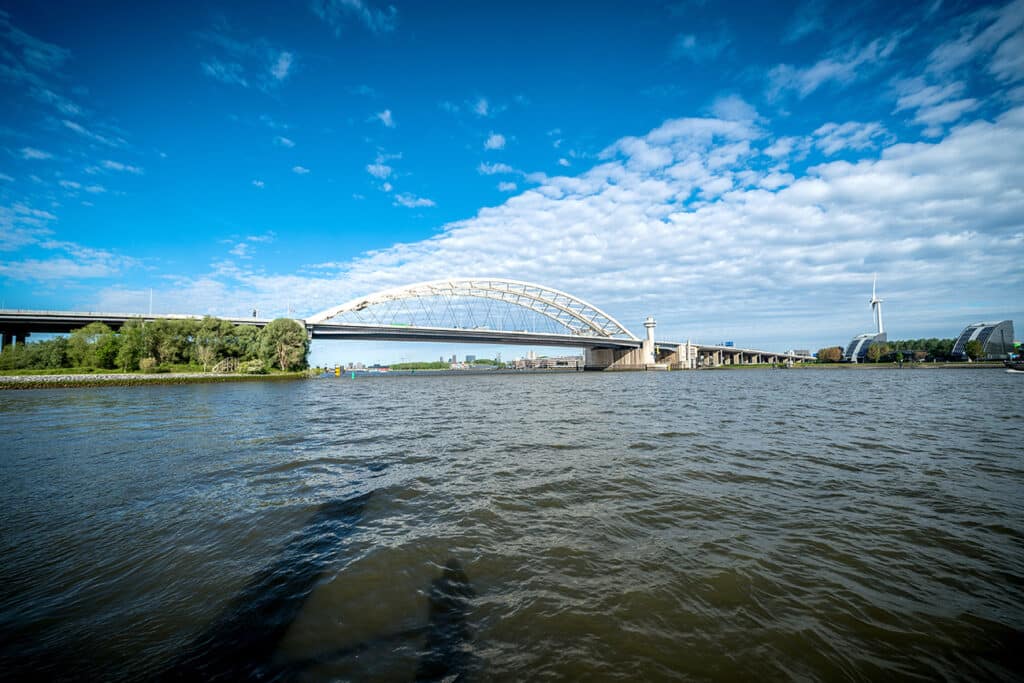
Iconic Van Brienenoord Bridge taken in hand substantially
Major refurbishment makes bridge resistant and safe for next 100 years
For Rotterdammers, driving over the Van Brienenoord Bridge really means "coming home," outlines Roy Stroeve of Rijkswaterstaat. Stroeve is project manager for the large-scale renovation that the iconic bridge faces. A complex assignment with considerable impact, it will take three years to complete. "By renovating the Van Brienenoord Bridge, future generations will also be able to find their way across the New Maas." The proud people of Rotterdam need not worry about the skyline of their beloved city: the Van Brienenoord Bridge is and will remain a characteristic arch bridge. Stroeve takes us through the project.

National Replacement and Renovation Program
Many of the Dutch bridges, locks and tunnels were built in the 1950s, 1960s and 1970s. Designed with data and calculation techniques of the time, with the traffic of the time as a starting point. Most engineering structures have now reached the end of their lifespan. Heavier freight traffic than in the past and an exponential increase in the number of cars on the country's roads are making the Van Brienenoord Bridge sigh under the strain. Within Rijkswaterstaat's National Replacement and Renovation Program, a good number of renovation projects are planned in South Holland and around Rotterdam. These involve tunnels, roads and bridges. The Van Brienenoord Bridge is the largest arch bridge in the Netherlands. Due to its location in the busiest region of our country (230,000 vehicles cross the bridge every day), renovation is a very impactful job in terms of disruption.
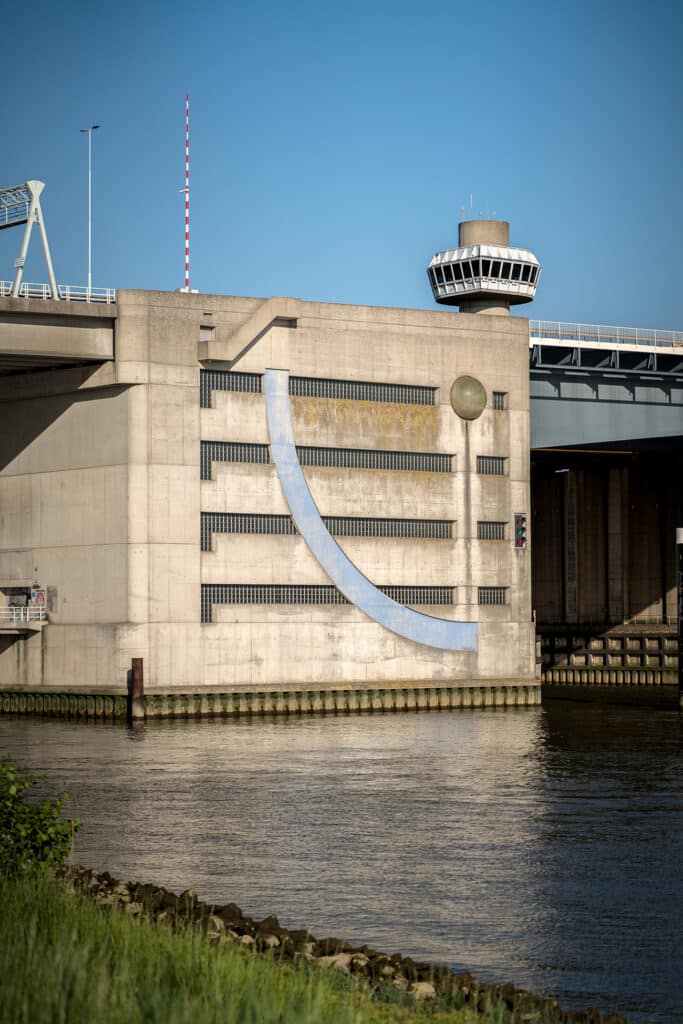
Stroeve: "In the past, the fatigue of steel was underestimated. If we look at the Van Brienenoord Bridge, we see that it consists of two parts. The eastern arch was built in 1961 and opened in 1965; this half is really badly outdated. It is a steel structure put together with rivets. The western arch was added later, opened in 1990. This section may still be "fairly new," but we can already see damage there to the joints in the steel under the road surface. Especially under the right lane, where the truck traffic passes. Although the bridge is still safe to use, enough reasons for a major overhaul."
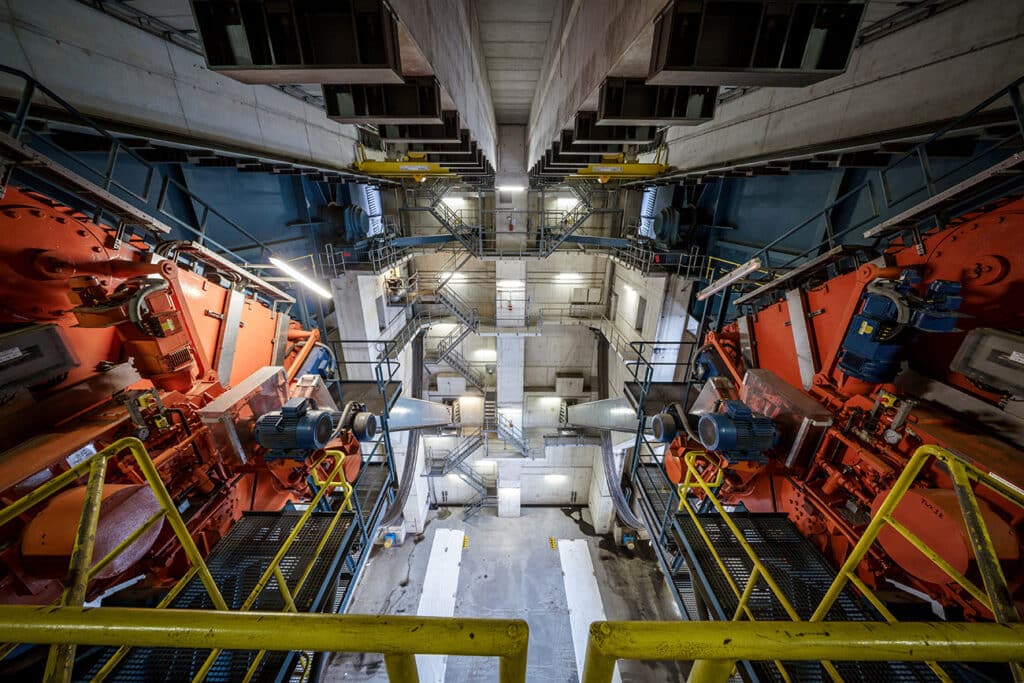
Phased and circular working
In 2026, the western arch, the newer part, will be addressed first. A new arch will be built first, replacing the existing west arch. The existing west arch will be taken in hand at a construction site, to later replace (completely renovated) the east arch. "By working circularly, we are saving as much as some 3,200 tons of steel," Stroeve explains. "So the sustainable approach is reflected in the reuse of materials and the fact that we are going for a life span of 100 years after completion of the project."
After the new western arch is in place, the movable parts of the bridge will be addressed. "That will happen in 2027. A feat, because the work is very complex. The Van Brienenoord Bridge has six lanes of traffic in each direction. These lanes contain the moving parts, the bridge valves. The eastern part is split into two individually opening bridge valves, the western part goes up in one go. All the moving parts in the huge bascule basement, including the motion gear, must be completely replaced. A huge job, because it requires the roof of the bascule basement to be removed. The new motion mechanism takes up more space, but it is highly undesirable to enlarge the bascule basement. So everything has to be fitted into the existing space, which is really millimeter work. The movement work on the west side is fine in itself, but will get the necessary modifications to upgrade the technology to the present time. After all, the entire bridge will receive CE marking, with machine safety also being a focus point."
Another part of the approach on the east side involves replacing the bridge valves. These bridge valves are now made with a wooden (high-maintenance) deck, in the new situation these sections will also be made of steel. In the final phase, the renovated western arch will get a new life on the east side in the summer of 2028. In addition to all this work, the entire operation and control of the bridge will also be replaced.
Three summer periods of inconvenience
Despite all efforts to minimize traffic disruption, there will still be disruption to shipping and road traffic (in various periods of) three years. It was therefore decided to carry out the main work in and around the summers of 2026, 2027 and 2028. Stroeve says the disruption plans take into account not only shipping and road traffic, but also other renovation and replacement projects in the region. "Rotterdam is entering a very intensive renovation period in the coming years, with the Van Brienenoord Bridge being the biggest project of all. The projects overlap, so careful thought is being given to the coordination between them. For example, Rijkswaterstaat is working together with the Port Authority and various important aspects have been coordinated with the surrounding municipalities such as Rotterdam and Capelle aan den IJssel. Together we must face this major task, on land and on water. For example, parts of the bridge will be delivered and removed by water. That requires very precise coordination, because we don't want to run any risks."
Spread bed for contractor
Rijkswaterstaat made the design for the main components for this project. Stroeve emphasizes that risks in the execution are minimized by already making the design at the front. For the design, Royal HaskoningDHV and Arup, engineering firms that have been involved in the preparations for many years, collaborated. Stroeve: "For the arches we now have a Definitive Design, for the moving parts there is a Preliminary Design."
The preparations are very complete and far-reaching: even the color of the preservation of the arches has already been discussed with the Rotterdam City Council's aesthetics committee. Rijkswaterstaat, Royal HaskoningDHV and Arup have not only made the designs, but have already drawn up the contracts for tendering. In conclusion, Stroeve says, "We consulted with market parties beforehand to consult the market in the preparation of the contract and the way of tendering. You can actually say that once the contract is awarded, the contractor will be in a spread bed. Despite these good preparations, however, it will be a huge challenge for the contractor."
About the Van Brienenoord Bridge
The Van Brienenoord Bridge was built in 1961 to a design by ir W.J. van der Eb, who worked for the Department of Public Works. In 1962, the bridge was named after the Island of Brienenoord located below it.
First Van Brienenoord Bridge (east side): open in 1965
Second Van Brienenoord Bridge (west side): open in 1990
Type: arch bridge and bascule bridge and abutments
Length: 1,320 meters
Width: 2 x 28 meters
Height of arches from road surface: 40 meters
Vertical clearance: 25.04 meters (arch) and 22.50 meters (bascule)
Passage width: 280 meters (arch) and 50 meters (bascule)
Longest span: 300 meters (arch) and 60 meters (bascule)
Road traffic (A16): over 230,000 vehicles daily
Waterway traffic: over 120,000 vessels annually
Bridge openings: approximately 100 annually
